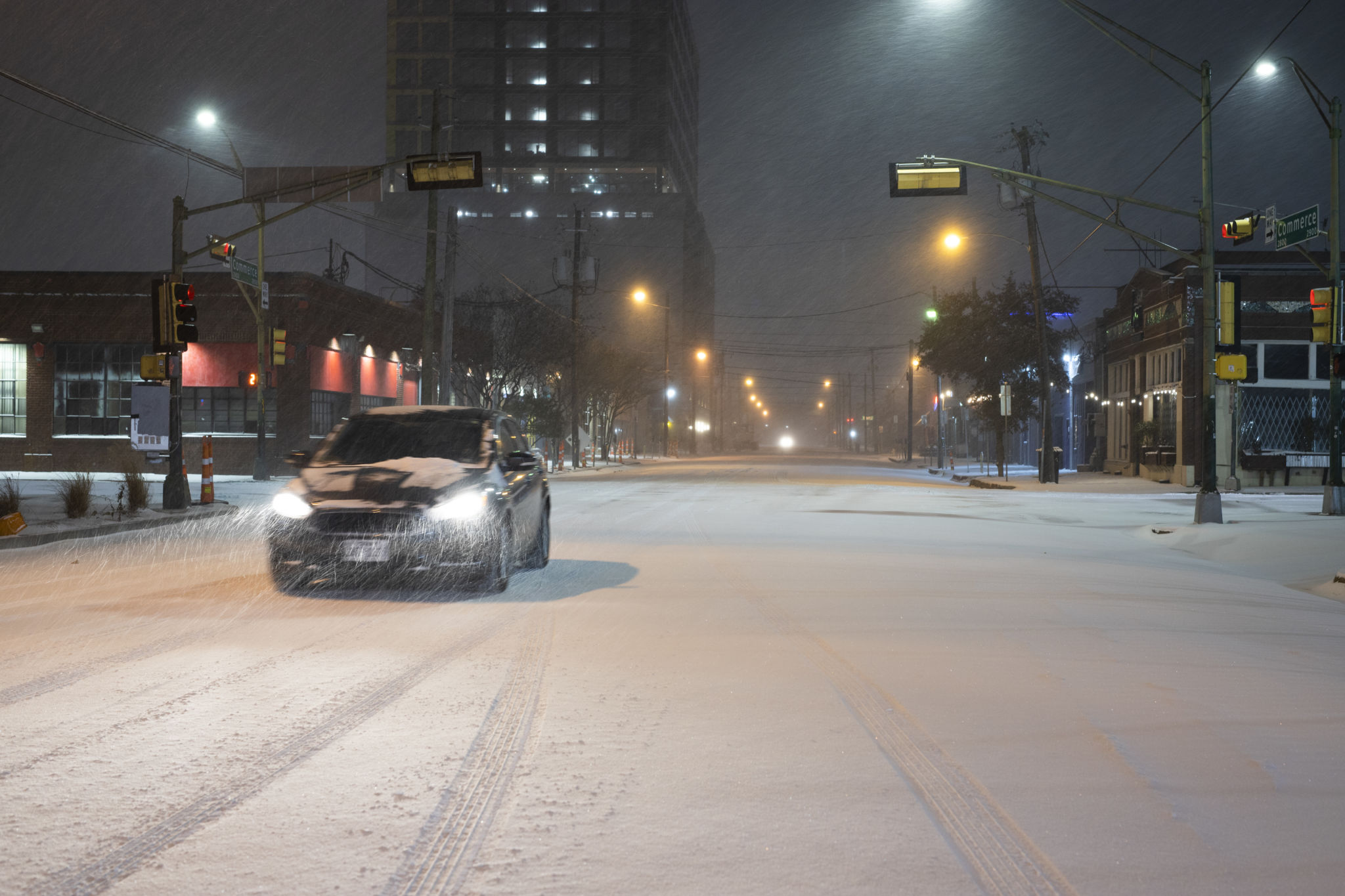While subfreezing temperatures affect how far any vehicle can travel — whether gas- or electric-powered — many EVs have unique capabilities that can help drivers cope with chilly temperatures. EVs can heat up while plugged in at home, stay warm for 30+ hours while idling in traffic, share electricity between each other, and drive better in slippery conditions. Many newer electric vehicles go further than 220 miles on a full charge, meaning even if their range is reduced 20 percent in cold conditions, they can still travel over 180 miles and have access to an increasing national network of fast charging stations. High EV adoption rates in cold countries like Norway and Iceland also offer real-world proof that cold climates are not a barrier to the shift to clean transportation.
Electric cars have some unique advantages over gas cars in cold weather conditions.
- Unlike gas cars, electric vehicles can be safely started and preheated before driving (even while plugged in) to cut down on range losses.
- Some new EV models come outfitted with heat pumps that harvest thermal energy from driving to keep the cabin warm, extending the battery’s range and allowing an EV to stay warm for a long time if stuck in traffic. A Tesla Model 3 has been estimated to idle and keep its cabin warm for almost 59 hours on a full charge, or about 29 hours on a half charge.
- Some new EV models also have “vehicle-to-load” capabilities, which allows them to charge stranded EVs and serve as backup generators for homes, RVs, and more.
- Since most EV owners charge their cars at home overnight — and Americans’ average daily driving distance is just 35 miles — most EV drivers get plenty of battery power to meet their needs even in the toughest weather conditions.
Some of the coldest places on Earth have the highest EV adoption rates, with positive experiences.
- EVs are popular in cold climates, including in Norway, where electric vehicles make up more than 90 percent of sales thanks to supportive state policies and a robust national charging network.
- Studies in Alaska — and anecdotal experience — find that electric vehicles perform comparably or better than conventional gas cars in cold weather conditions.
- One study of city fleet EV deployment in cold weather in Des Moines, Iowa, found “a largely positive experience reported by all drivers. Initial concerns were put to rest by the vehicles’ actual performance in daily service. The drivers gave the cars high ratings for acceleration, regenerative braking, and no vehicle downtime due to regular maintenance.”
- EV makers regularly test their cars in challenging, snowy conditions as they continue working to improve performance in sub-freezing temperatures.
Cold weather conditions affect EVs and gas-powered cars alike.
- Both electric and gas powered vehicles experience reduced mileage in cold weather, depending on the conditions.
- In short-trip city driving, a conventional gasoline car’s gas mileage is about 15 percent lower at 20 degrees Fahrenheit than it would be at 77 degrees Fahrenheit and can drop as much as 24 percent for very short trips of around 3 to 4 miles.
- The decrease in EV range varies greatly depending on the vehicle and environmental conditions, but range decreases of 15-20 percent have been reported. As average EV range continues to increase, cold weather losses can still keep drivers comfortable with hundreds of miles of range before needing to recharge.
- Much of the potential range loss in EVs comes down to how you drive and the features you use. In testing by AAA most of the loss of EV range in cold weather conditions was attributable to running interior heaters on full blast.
- The extent of EV range loss varies from model to model, and some EVs barely lose range in subfreezing temperatures at all.


